There are different risk group classification standards for lighting fixtures (GR0 – GR1…).
The UF34 Standardization Commission, dedicated to light sources and luminaires of which Anaïs PONS, head of the PISÉO laboratory, is a member, investigated the classification of risk groups.
The Commission proposes an approach different from that specified in IEC-62471 or IEC TR 62778. The assessment of the photobiological risk of luminaires now includes an approach relating to the final application of the product. Testing of the sources is necessary, but additional testing of the luminaires themselves may also be necessary to obtain an accurate assessment of the photobiological risk associated with their use.
IEC-62471 is an international standard that establishes the method for measuring illuminance and luminance, making it possible to determine the optical risk of a light source according to the spectral distribution of its radiation. This standard also provides risk classification criteria for products using light sources.
IEC TR 62778, on the other hand, is a technical report that provides guidelines for the assessment of photobiological risks associated with LED light sources.
Although this standard is initially intended for tests on sources, it can be too critical when applied to luminaires integrating these sources (measurement conducted at a distance of 200mm). Additionally, design features of luminaires, such as reflectors or optical lenses, change the properties of the emitted light and, thus, the measurement results.
The objective of IEC 62471-7:2023, proposed by UF34, is to integrate the application of the product into the optical risk assessment method.
It specifies an assessment of the photobiological safety of electrical light sources and luminaires in normal use as well as certain basic product requirements. It applies to electrical light sources and luminaires that emit radiation mainly in the visible spectral range (from 380 nm to 780 nm) and are used to illuminate spaces or objects or for signaling.
In IEC 62471-7, tests on light sources are specified, and the standard also describes how to extend the test results from sources to luminaires. This extension depends on the luminance values of the source and the product application. However, additional testing of luminaires may be necessary for an accurate risk assessment.
This new IEC 62471-7 standard does not replace IEC 62471:2006 – which will become IEC 62471-1 – which remains applicable. The latter details the method for measuring optical risk parameters for light sources emitting between 200 nm and 3000 nm. This is the reference standard for assessing the optical risk of non-coherent sources such as LEDs, unlike the IEC 60825 standard which concerns so-called coherent LASER sources.
From the date of application of the IEC 62471-7 standard, light sources must be tested according to the method described.
Each luminaire incorporating a light source must respect the limits of its application group (from BLH-A to BLH-D). A light source may be used in a luminaire for a given application group if it complies with the limits set by the standard. If this is not the case, additional tests on the luminaire will be necessary to verify that it complies with the requirements of IEC 62471-7.
This standard will replace IEC TR 62778 in a future version of the electrical safety standard for lighting fixtures (IEC 60598-1 Ed10). The assessment of the optical risk of lighting fixtures must, therefore, comply with this new classification as part of the CE marking of products as soon as it becomes applicable.



